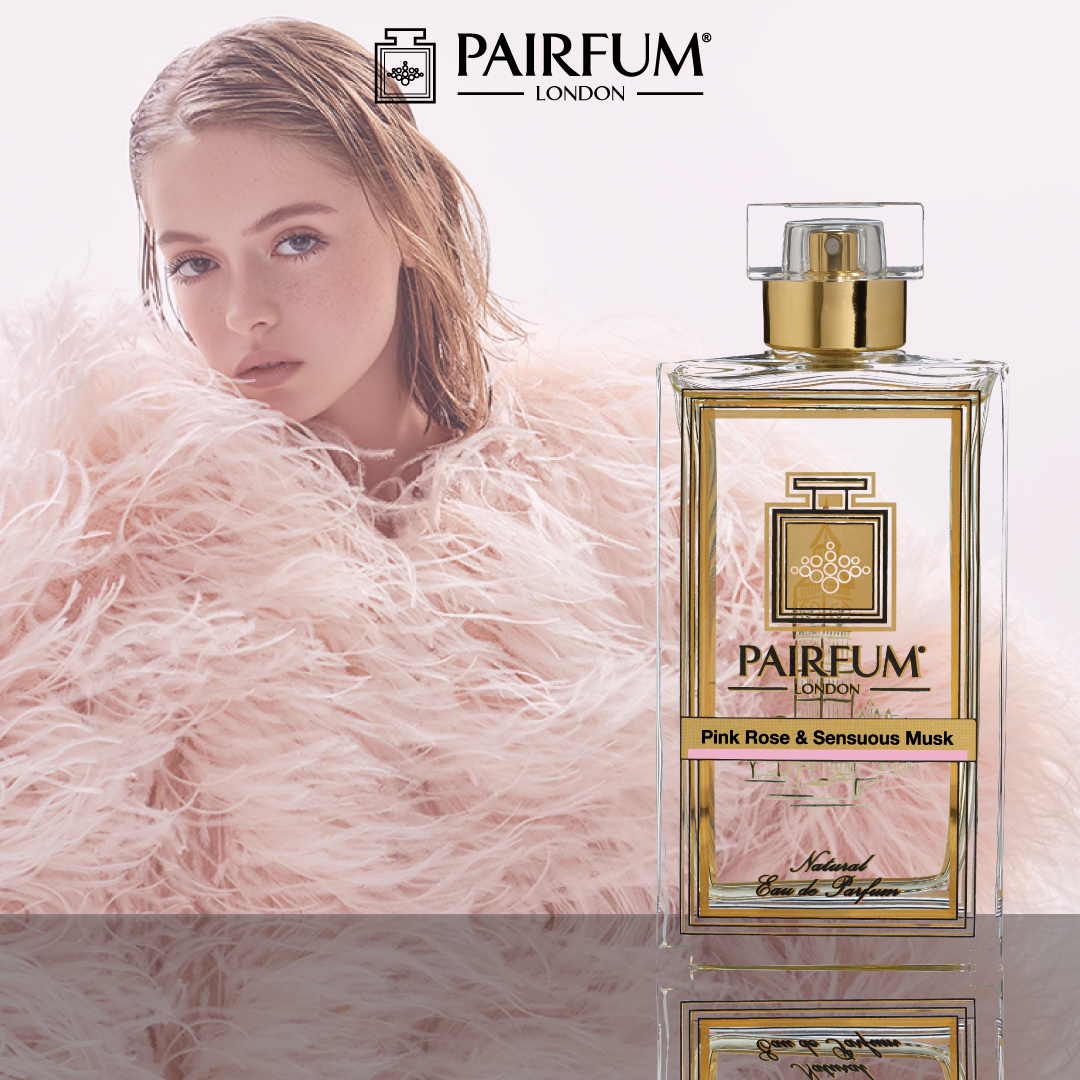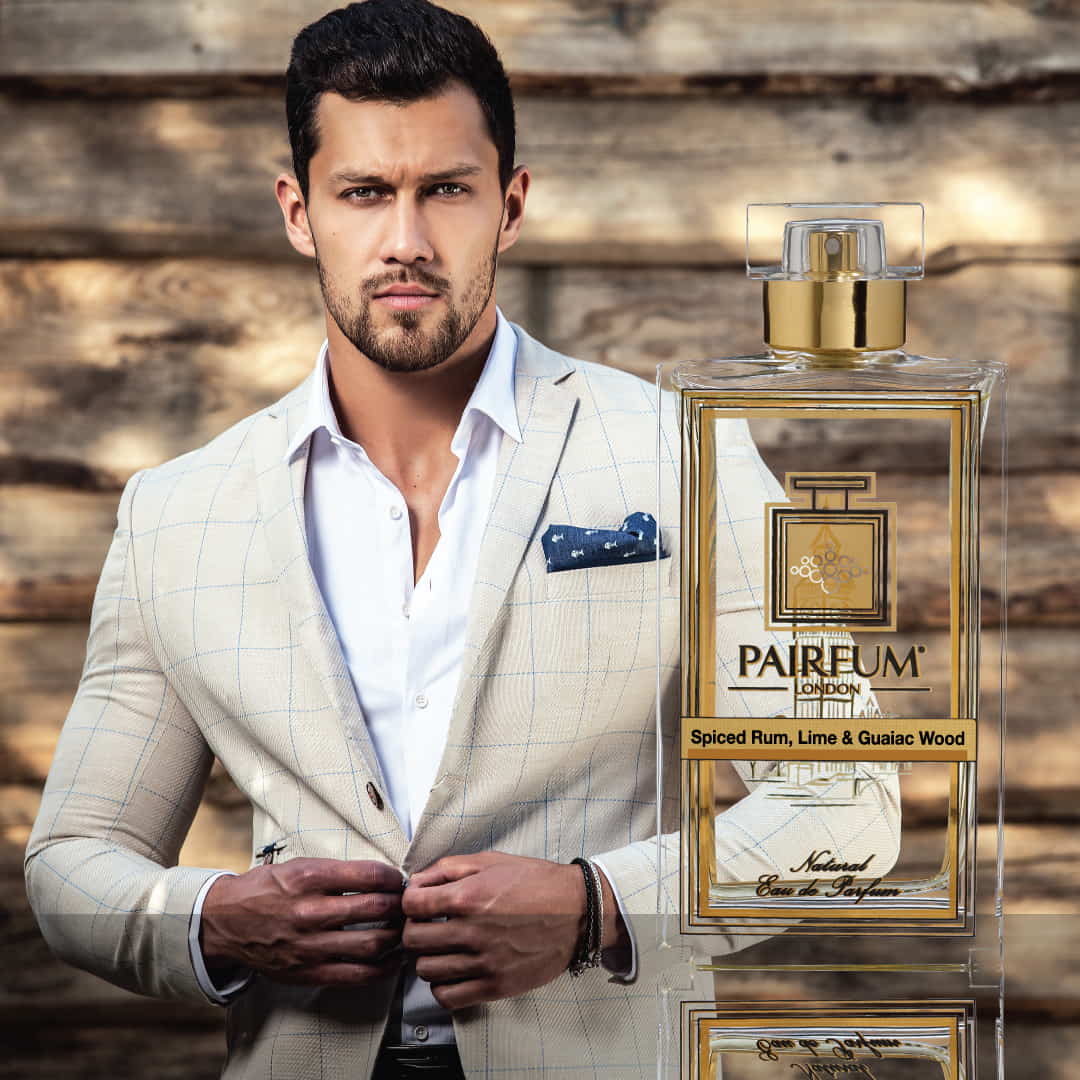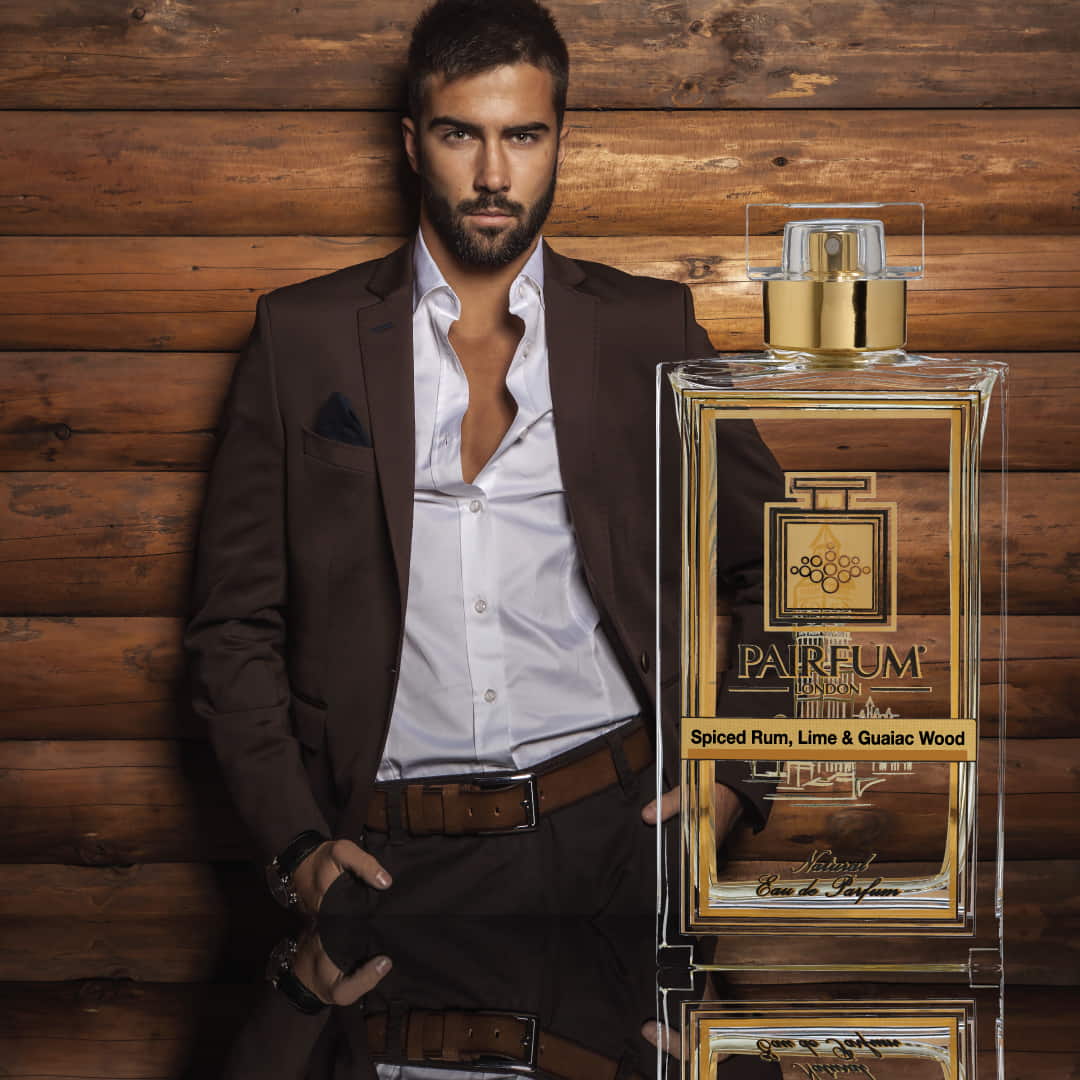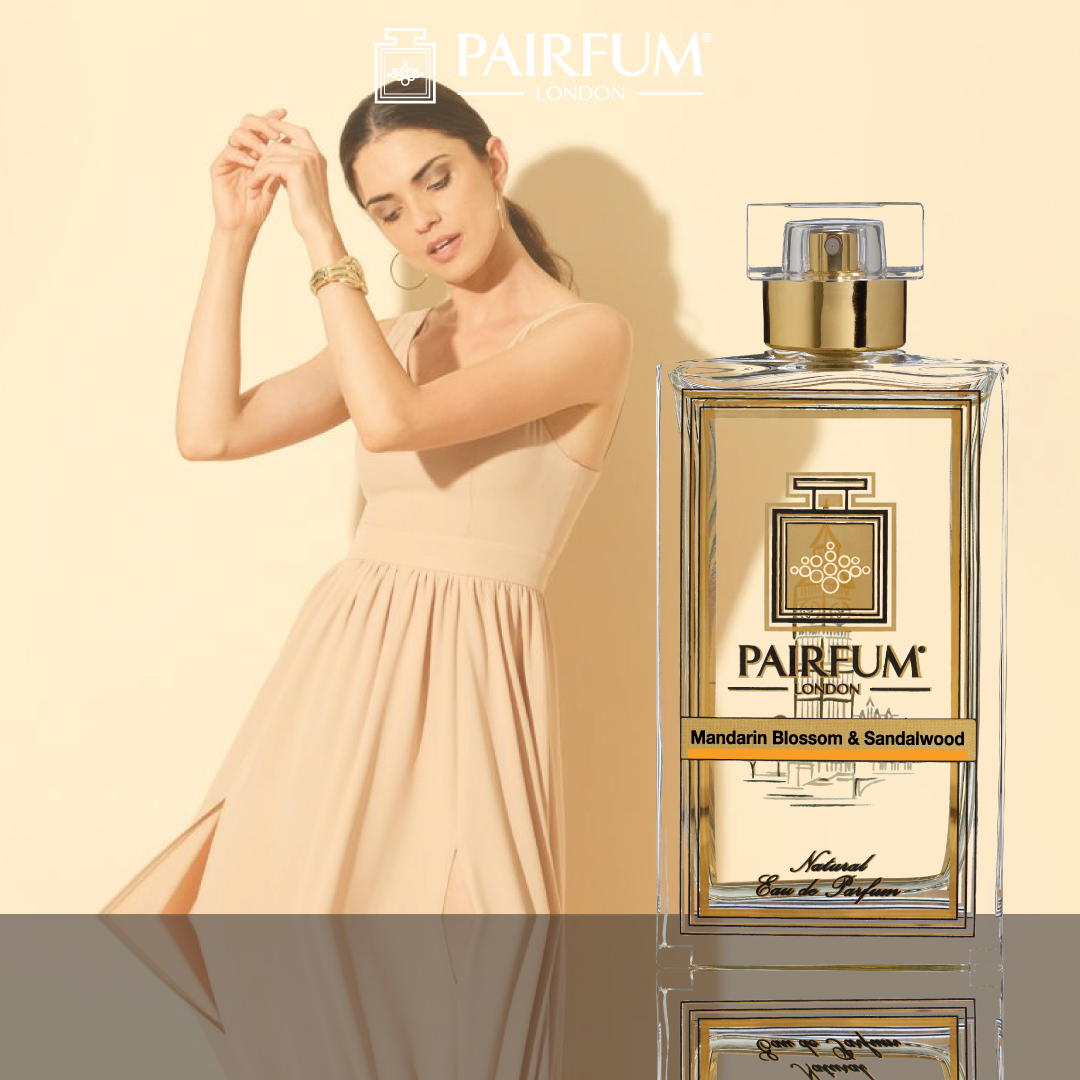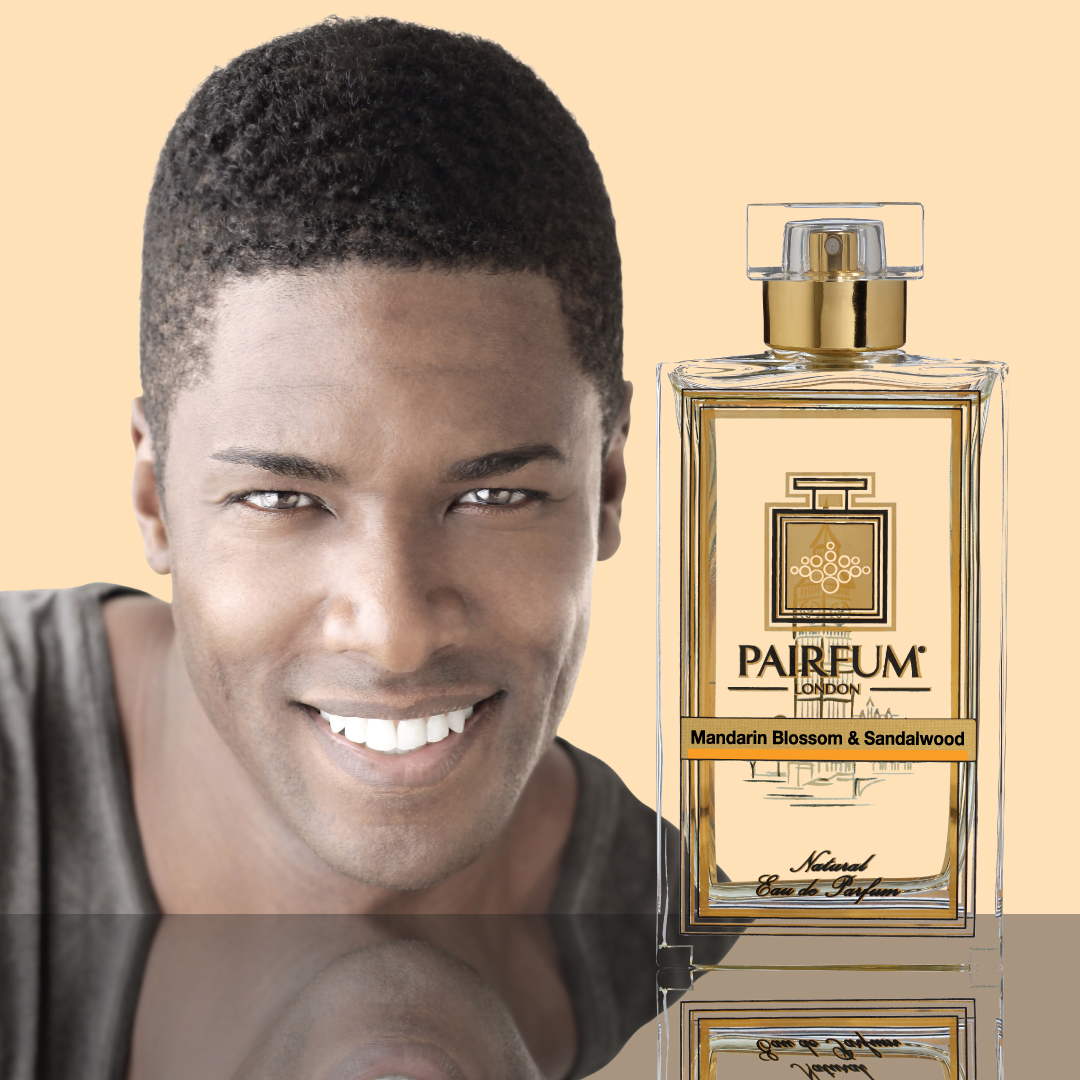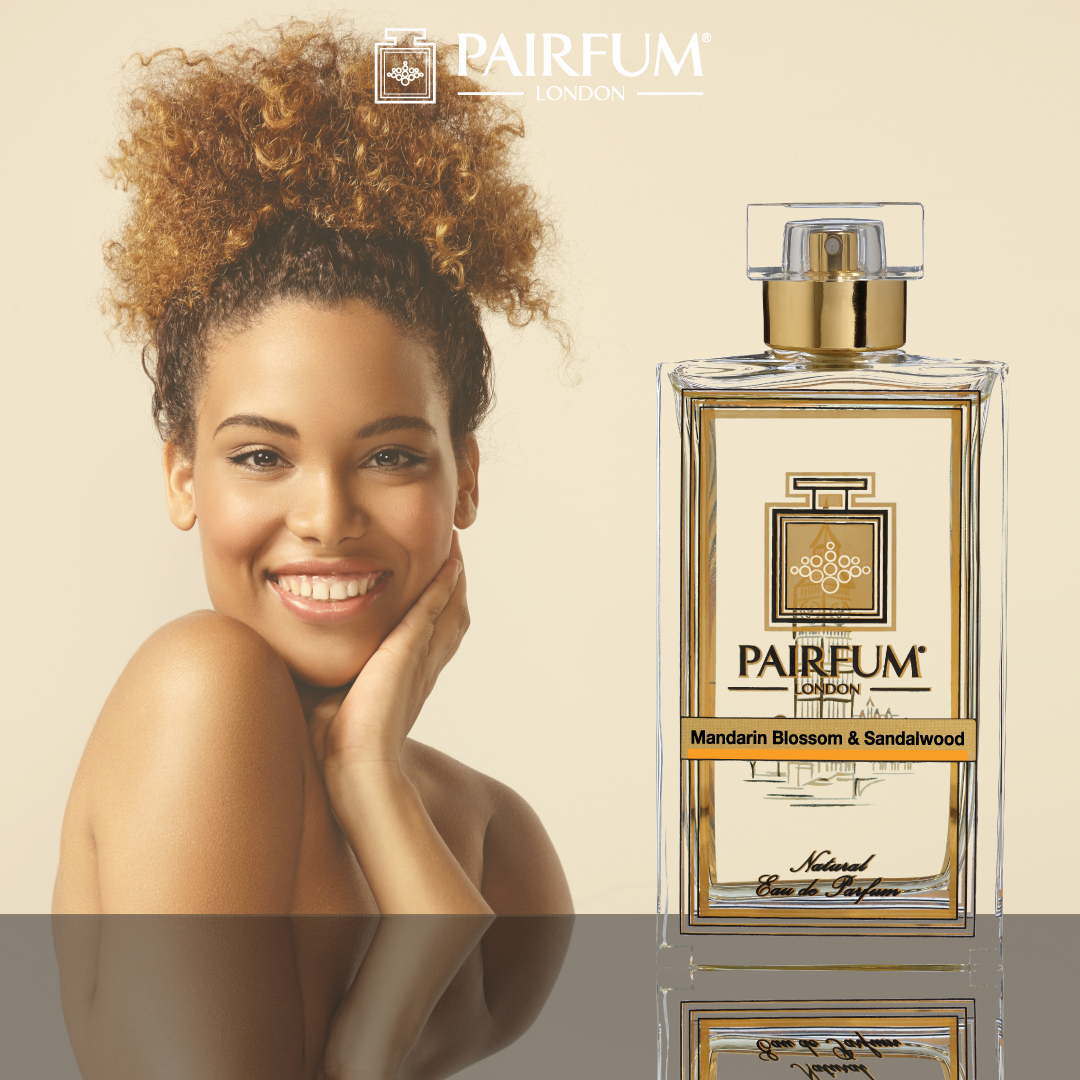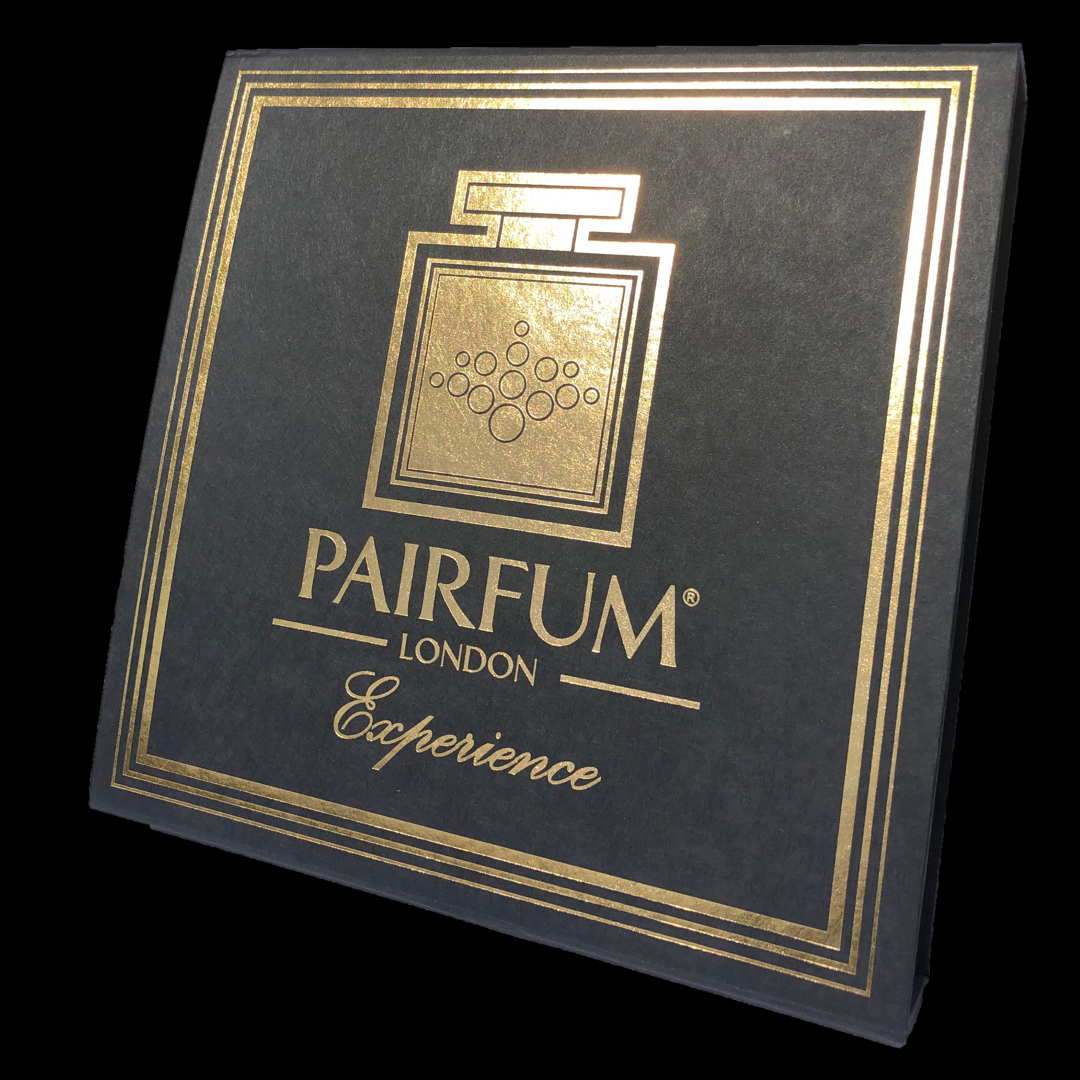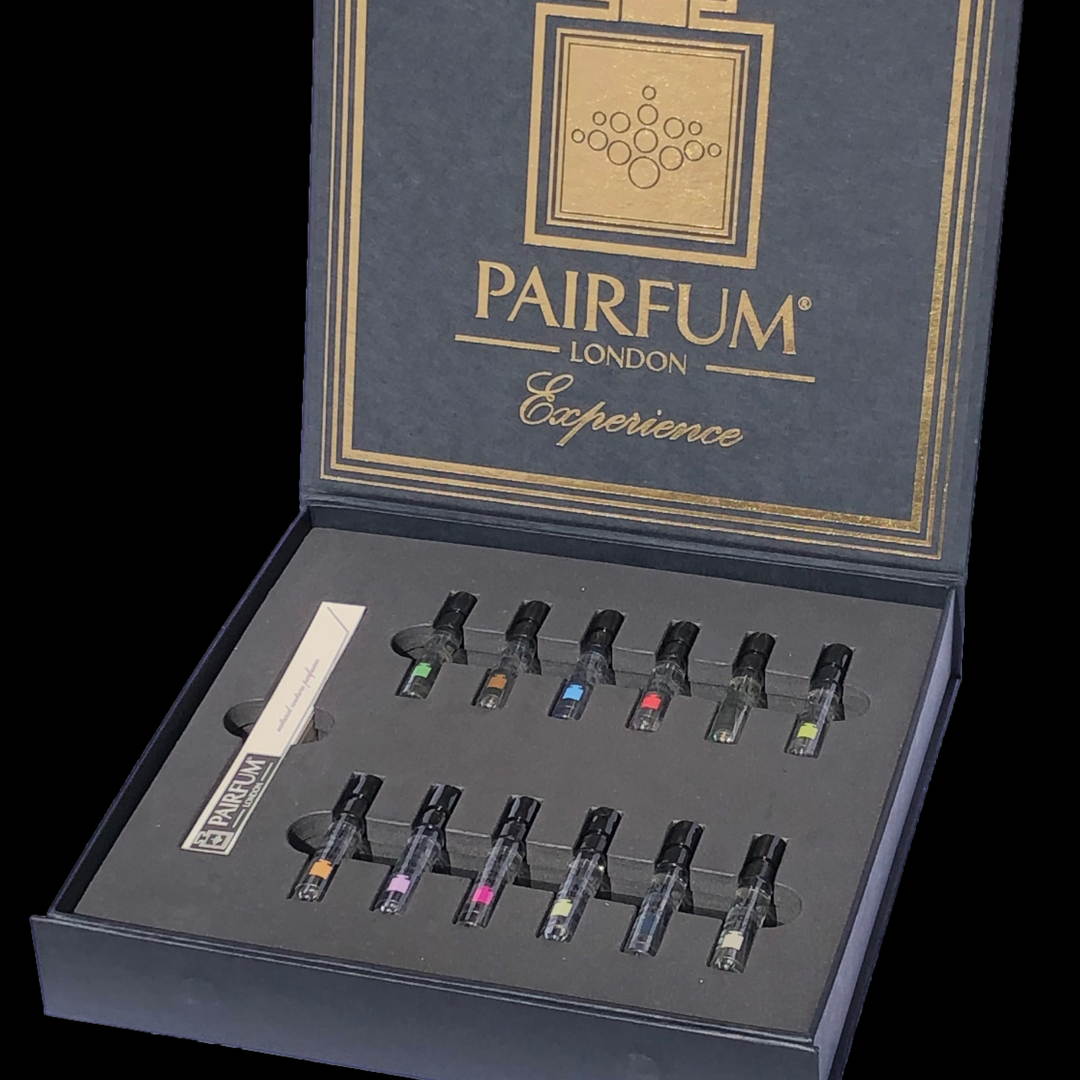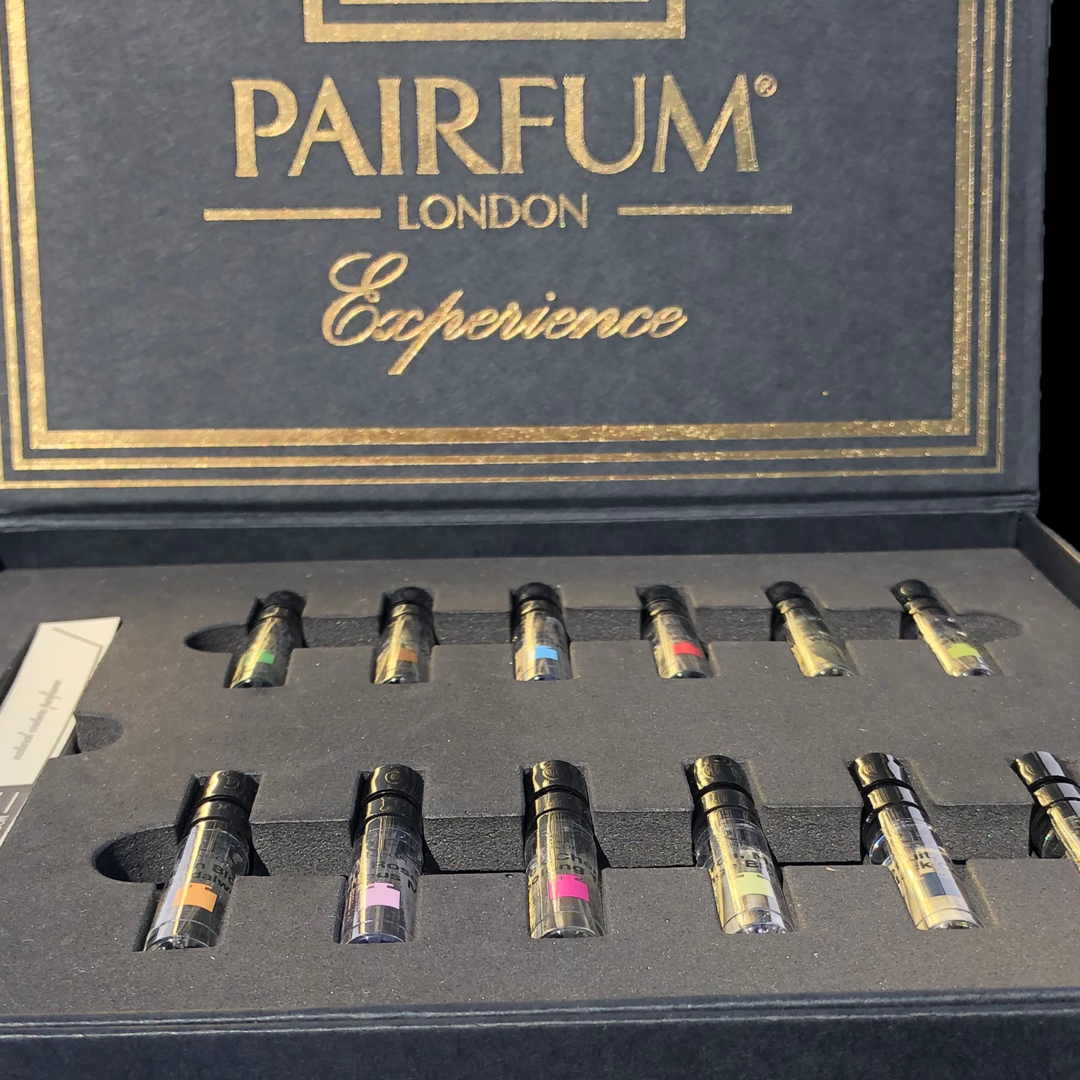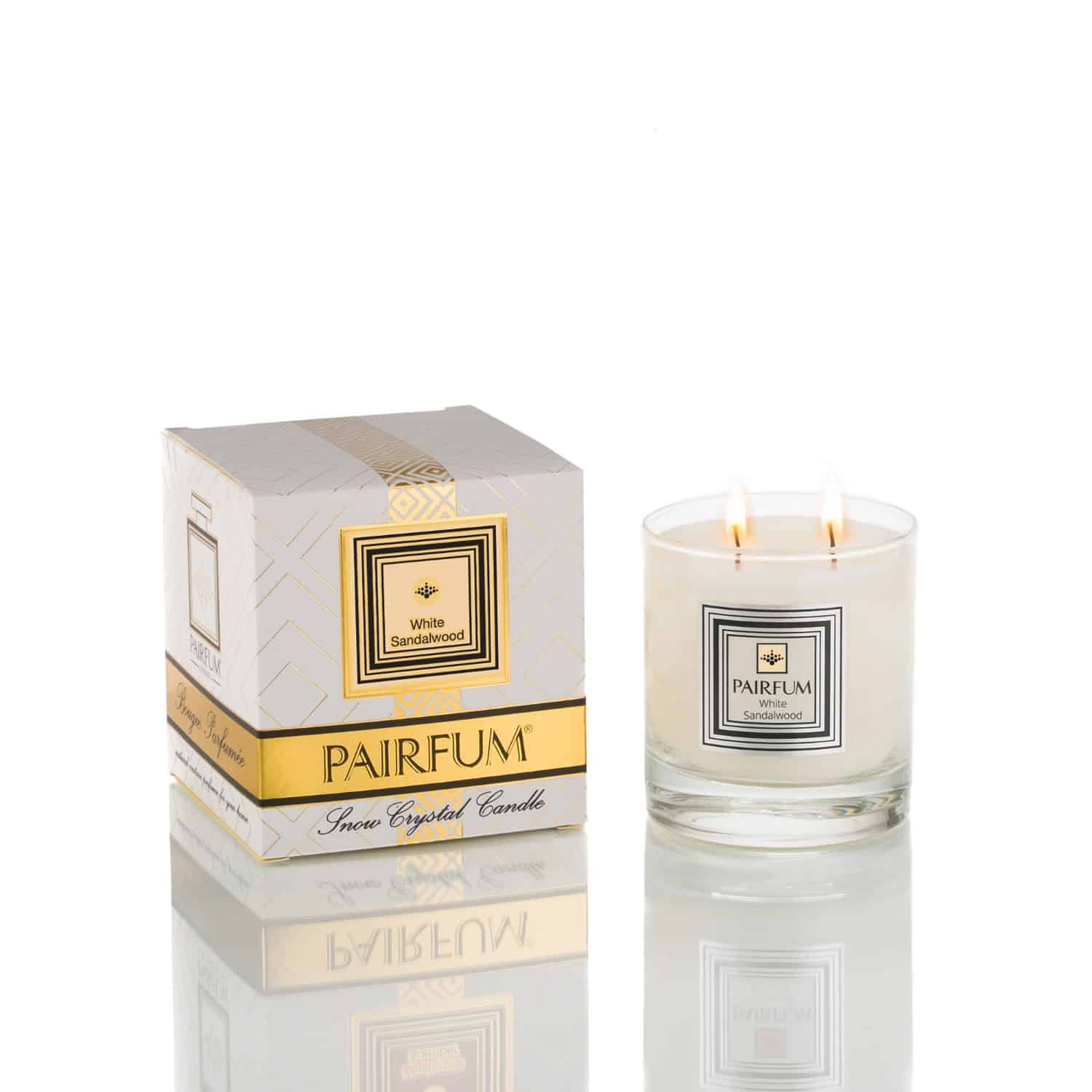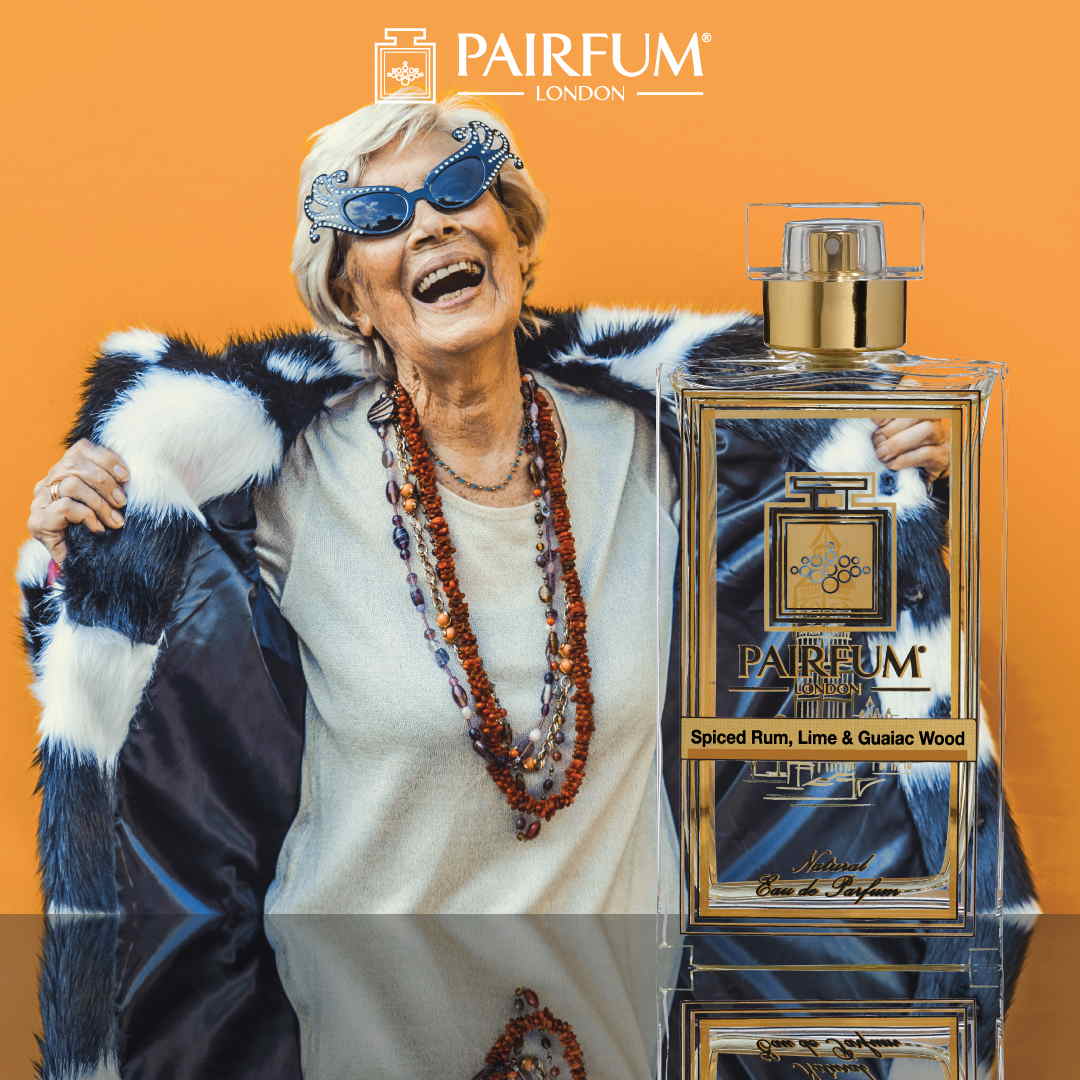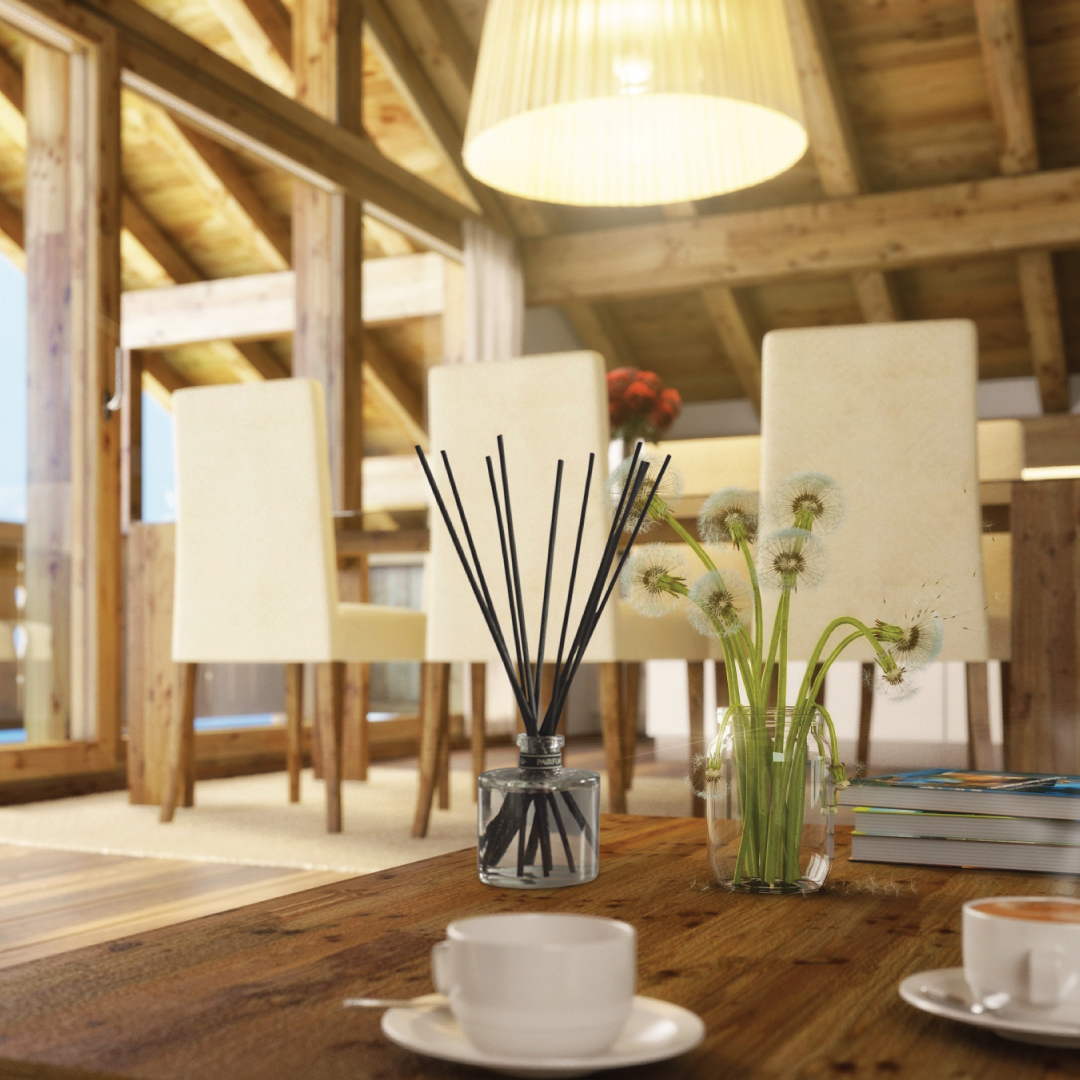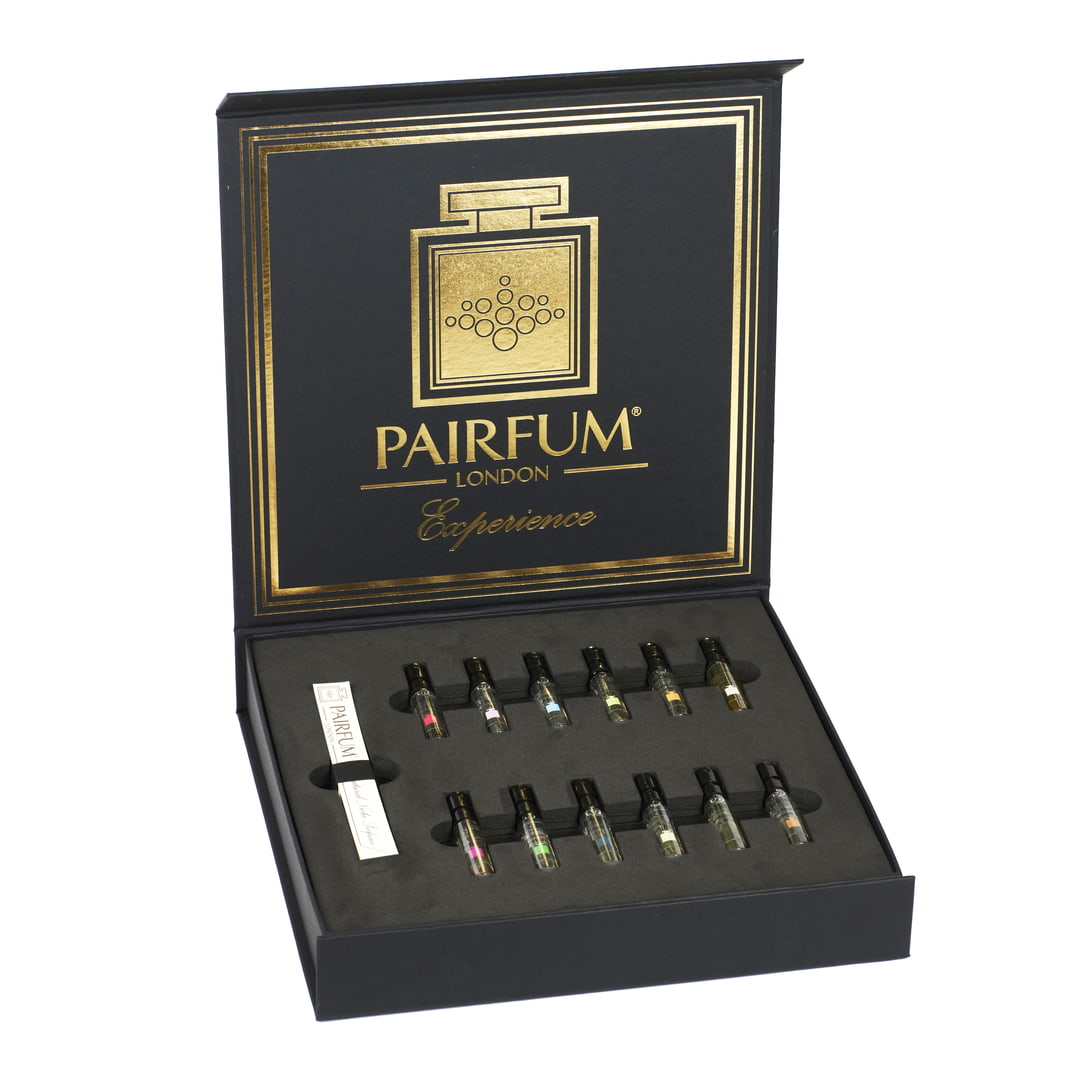Exosomes are revolutionising skincare, but what exactly are they, and how do they work? These tiny extracellular vesicles are released by nearly every cell in the body and have become a major focus in both medical and cosmetic research.
While traditional skincare treatments work mainly on the surface, exosomes go deeper, communicating at a cellular level to stimulate regeneration, reduce inflammation, and repair damaged tissue. This next generation of biologically active ingredients is unlocking new levels of skin rejuvenation, backed by science and rapidly growing clinical interest.
Understanding Exosomes: What Are They?
Exosomes are a type of extracellular vesicle that measure between 30 and 150 nanometres. They originate within a cell’s endosomal network and are released when multivesicular bodies fuse with the plasma membrane. These vesicles play a critical role in intercellular communication by transferring proteins, lipids, exosomal RNA, exosomal microRNA, and exosomal DNA to target cells. Through this transfer, exosomes influence the biological activity of recipient cells and contribute to tissue homeostasis.
Most exosomes are created through exosome biogenesis, a process that begins with the formation of intraluminal vesicles within a multivesicular body. Once this body merges with the plasma membrane, its vesicles are released into the extracellular space. The structure of each vesicle includes a lipid bilayer derived from the plasma membrane, which helps preserve the stability of its cargo of proteins and nucleic acid.
Exosomes are secreted by various cell types, including epithelial cells, dendritic cells, b cells, t cells, endothelial cells, tumor cells, and immune cells. Their role in intercellular communication is crucial across many physiological and pathological processes.

Exosomes in Skincare: Why They Matter
The use of exosomes in skincare has gained attention due to their regenerative capabilities. Unlike most topical treatments, derived exosomes can deliver bioactive molecules directly into the skin’s deeper layers. This direct communication with skin cells promotes the production of collagen, enhances hyaluronic acid retention, and encourages cellular repair. The result is smoother, firmer, and more hydrated skin.
In particular, stem cell derived exosomes from plant and animal sources are known to modulate the function of skin cells by delivering proteins that stimulate tissue regeneration and skin rejuvenation. These extracellular vesicles act as messengers, ensuring that t cells and other immune players respond appropriately to environmental stressors and age-related damage.
Sources of Derived Exosomes in Skincare
Plant Derived Exosomes
Plant derived exosomes offer a natural, non-allergenic option. They are rich in antioxidants and bioactive compounds that reduce oxidative stress and promote a balanced skin barrier. These vesicles have gained popularity for their regenerative and soothing properties.
Animal and Human Derived Exosomes
Animal derived exosomes are collected from sources such as avian, bovine, porcine, and fish cells. Each cell type offers a unique exosomal profile. For instance, bovine derived exosomes have been shown to support collagen production, while fish derived exosomes may aid in hydration and nutrient delivery. Human derived exosomes are more controversial due to ethical and regulatory concerns, but they are among the most biologically compatible with skin cells.
Stem Cell Derived Exosomes
Stem cell derived exosomes are among the most potent. These include vesicles released by mesenchymal stem cells and other multipotent cell lines. Mesenchymal stem cell exosomes are known to enhance wound healing, reduce inflammation, and improve elasticity. They also show great promise in regenerative medicine and exosome therapy, particularly for skin regeneration and anti-ageing.
Biological Benefits of Exosome Therapy in Dermatology
Boosting Skin Repair and Collagen Synthesis
Exosome therapy enhances collagen synthesis by delivering regulatory proteins and growth factors into the dermis. This supports fibroblast activation and dermal remodelling, restoring skin firmness and resilience.
Hydration and Elasticity
Exosomes help maintain skin hydration by supporting hyaluronic acid synthesis. By fortifying the extracellular matrix, these extracellular vesicles prevent transepidermal water loss, improve elasticity, and enhance the skin’s natural glow.
Anti-inflammatory and Immune Modulation
Dendritic cells and t cells are key players in skin immunity. Exosome treatments can regulate their activity to reduce chronic inflammation, making them beneficial for acne-prone and sensitive skin. This immunomodulatory effect helps improve the skin’s ability to heal without irritation.
Skin Rejuvenation and Regeneration
Through their rich cargo of proteins, exosomal microRNAs, and nucleic acid, exosomes rejuvenate ageing or damaged skin. Their natural origin makes them safe and efficient at delivering targeted support to the cells that need it most.
Targeted Skincare with Engineered Exosomes
Recent advancements in biotechnology have led to the development of engineered exosomes, which are modified to enhance delivery efficiency and therapeutic precision. These engineered vesicles can be tailored to carry specific bioactive cargo, such as exosomal miRNAs, that regulate gene expression in recipient cells. When used in skincare, a cell derived exosome—especially those formulated into an exosome serum—can deliver these molecular signals directly to the skin’s deeper layers. Research shows that exosomal miRNAs play a critical role in modulating inflammation, collagen production, and overall cellular rejuvenation, making them a powerful component in next generation skincare applications.

The Cellular Mechanisms Behind Exosome Action
Exosome biogenesis begins inside the cell when early endosomes mature into multivesicular bodies. During this maturation, intraluminal vesicles are formed. These intraluminal vesicles later become exosomes when the multivesicular body fuses with the plasma membrane and releases its contents.
Once released, exosomes travel through extracellular fluid to reach their target cells. Upon binding with the plasma membrane of these target cells, they either fuse directly or are endocytosed, delivering their proteins and genetic material into the recipient cell. This targeted interaction ensures precise modulation of biological pathways, especially those involved in skin cell turnover and repair.
Each vesicle is engineered by its cell of origin to serve a specific function. For example, dendritic cells use exosomes to influence antigen presentation, while t cells utilise them in immune regulation. In skincare, these same principles are harnessed to influence skin physiology at a microscopic level.
Exosome Research and Clinical Development
The field of exosome research is rapidly growing. As of this writing, a quick search on Google Scholar reveals thousands of peer-reviewed papers discussing exosome therapy and their applications across dermatology, oncology, and regenerative medicine. Clinical studies have shown that derived exosomes can reduce signs of skin ageing, speed wound healing, and improve skin tone and texture.
Studies in the International Journal of Molecular Sciences, for example, confirm the potential of msc derived exosomes in anti-ageing skincare due to their antioxidant and regenerative effects. Other articles indexed on Google Scholar and ScienceDirect suggest that stem cell derived exosomes could soon become a standard tool in aesthetic dermatology.
Moreover, there is rising interest in exosome isolation techniques and standardisation of exosome products to ensure consistency and efficacy in skincare.
Exosomes Beyond Beauty: Therapeutic Potential
Exosomes are also being explored for their applications in treating more complex conditions. In oncology, cancer cell derived exosomes are being studied for their role in tumour progression, immune evasion, and even as biomarkers. Tumor cells actively release extracellular vesicles that manipulate immune cell responses and support metastasis. At the same time, researchers are developing engineered exosomes that can deliver drugs directly into cancer cells, offering a precise, less toxic alternative to chemotherapy.
Bone marrow derived mesenchymal stem cells have demonstrated strong therapeutic potential across tissue types. In addition, extracellular vesicles released from endothelial cells show benefits in vascular repair, with implications in both medicine and aesthetic treatments.

A Fragrant Finish to Scientific Skincare
As you care for your skin at a cellular level, consider how your surroundings can elevate your wellbeing. A refined environment supports a refined ritual. Pairfum’s Flacon Room Spray Perfume offers a subtle yet sophisticated way to transform your space. Just as exosomes deliver rejuvenation deep within the skin, a single spritz of this fragrance infuses the air with a serene and lasting aroma, helping to complete your self care experience in the most elegant way.
Flacon Perfume Room Spray – by Pairfum London
Encased in a handcrafted glass flacon, this room spray is more than a scent—it is an interior statement. The carefully curated fragrance blends are long lasting and beautifully layered, created in-house by expert perfumers. Designed to uplift and calm, it provides a fragrant atmosphere that lingers gently in your home. With no need for flames or plugs, it delivers luxury with simplicity, echoing the quiet power of advanced skincare.
Conclusion: The Future of Exosome Skincare
From basic cell biology to luxury skincare, exosomes are redefining what’s possible in dermatology. As exosome isolation, biogenesis, and application methods continue to evolve, skincare formulations will become more intelligent, personalised, and biologically effective.
With extensive support from scientific literature, including thousands of publications on Google Scholar, and robust studies on extracellular vesicles and stem cell therapy, the integration of exosome products into skincare is only just beginning. Whether sourced from mesenchymal stem cells, t cells, or plant derived exosomes, these biologically active vesicles offer powerful, natural tools to restore, protect, and enhance the skin from within.
This is not merely a trend, but a significant scientific advancement, one that blends cellular biology, dermatology, and the art of skincare into a unified, high-performance approach. Exosome therapy and exosome treatment hold the potential to become the cornerstone of future skin health innovation.


